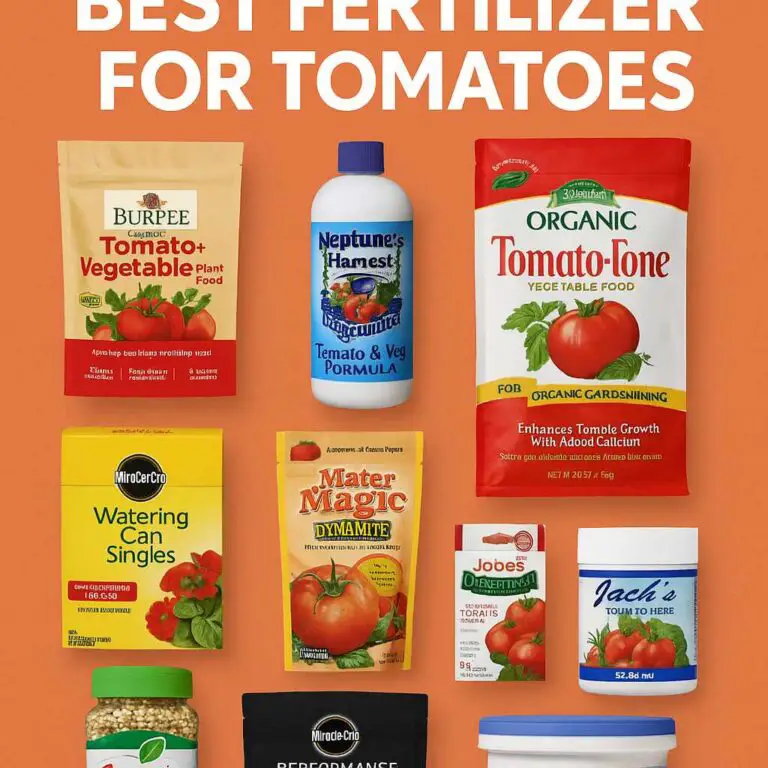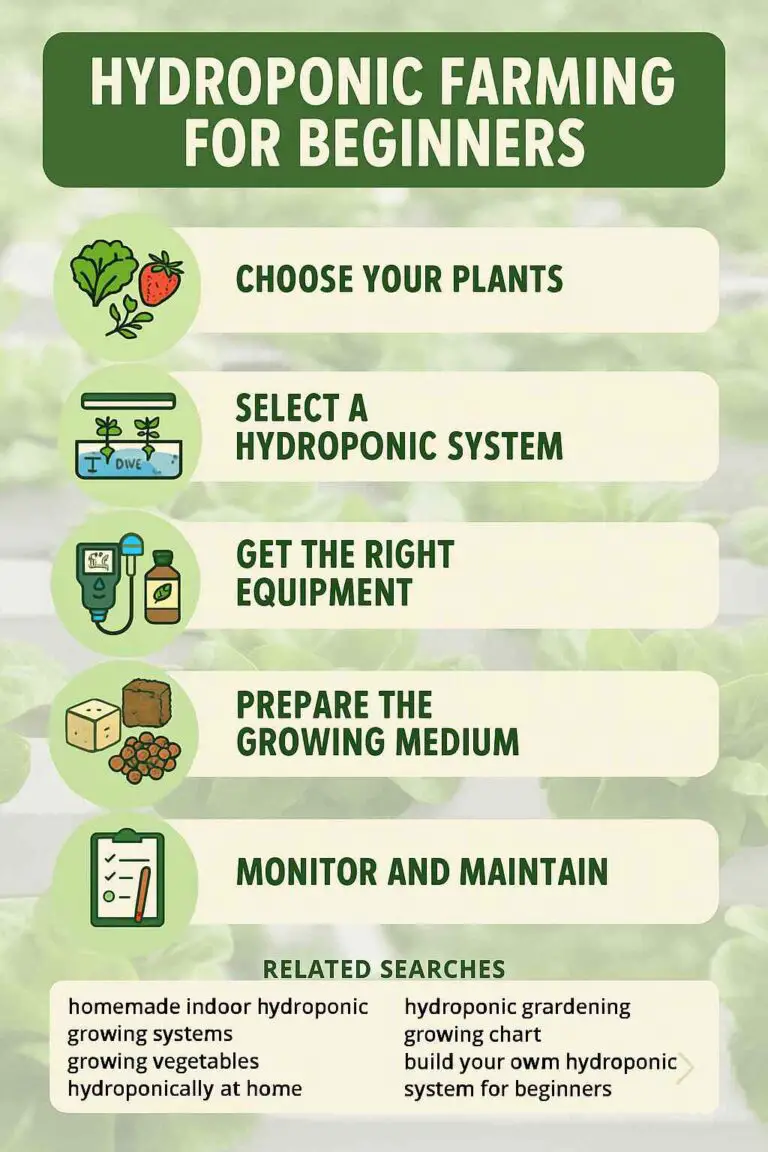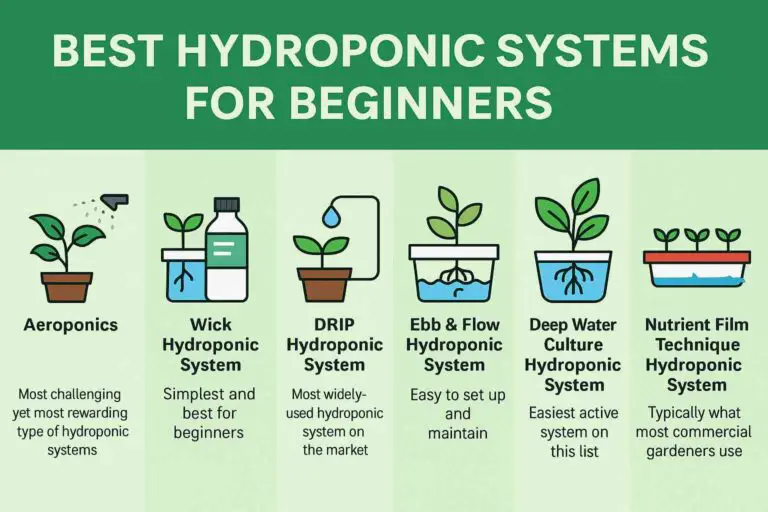Hydroponic farming is a method of growing plants without soil, using a nutrient-rich water solution to deliver essential minerals directly to plant roots. This system is at the core of modern vertical and indoor farming and is transforming how we grow food in urban, space-limited environments.
✅ Advantages of Hydroponic Farming
1. Efficient Space Utilization (Vertical Farming)
Hydroponic systems are stackable, making them ideal for vertical farming in greenhouses, apartments, and even shipping containers.
📦 Top Pick: AeroGarden Farm 24Plus Indoor Garden
✅ Stackable, automated, and ideal for home growers.
2. Faster Growth and Higher Yields
Plants mature up to 30–50% faster in hydroponic systems compared to traditional soil farming.
🪴 Try This: Hydrofarm DWC Deep Water Culture System
✅ Affordable DWC kit for herbs, lettuce, and spinach.
3. Water Conservation
Hydroponic systems use up to 90% less water than soil farming by recirculating water efficiently.
💧 Recommended Tool: Moistenland Drip Irrigation Kit with Timer
✅ Automatically controls water usage and timing.
4. Year-Round Growing
Indoor hydroponic systems allow continuous planting cycles with no reliance on seasons or climate.
🌤️ Best Indoor Kit: AeroGarden Harvest Elite
✅ LED lights and auto reminders for worry-free growing.
5. Sustainability and Clean Farming
Hydroponics eliminates the need for chemical pesticides and herbicides, making it a cleaner and more eco-friendly option.
6. Precise Nutrient Control
Farmers can deliver exact doses of essential nutrients, improving quality and consistency of crops.
🧪 Must-Have: General Hydroponics Flora Nutrient Trio
✅ Trusted 3-part nutrient system for optimal growth.
7. Automated Growing Systems
Modern hydroponic systems feature sensors and apps to monitor temperature, pH, and water levels automatically.
📱 Smart Setup: Click & Grow Indoor Smart Garden
✅ Smart, hands-off growing for tech-savvy gardeners.
⚠️ Disadvantages of Hydroponic Farming
1. High Initial Setup Costs
Buying quality pumps, reservoirs, grow lights, and nutrients can be expensive upfront.
💡 Budget-Friendly Option: VIVOSUN Hydroponic Grow Kit – 90 Sites
✅ Large-capacity system at a reasonable price.
2. Requires Electricity and Tech
Hydroponic systems depend on electricity for lighting, pumps, and timers—making them vulnerable during power outages.
🔌 Tip: Always use a backup battery or UPS to avoid crop loss.
3. Learning Curve for Beginners
Managing pH levels, nutrient concentration, and system mechanics requires technical understanding and practice.
📘 Helpful Guide: Hydroponic Gardening for Beginners Book
✅ Easy-to-follow intro for new growers.
4. Disease Spreads Quickly
Without soil as a buffer, diseases like root rot can spread fast in a hydroponic setup if not properly managed.
🧼 Prevention Tip: Hydroguard Plant Root Inoculant
✅ Helps prevent root diseases and promotes healthy microbiology.
⚖️ Summary Table: Pros and Cons of Hydroponic Farming
| Pros | Cons |
|---|---|
| Space-efficient (vertical systems) | High upfront cost |
| Faster plant growth & yields | Relies on electricity |
| Water-saving (90% less water) | Learning curve |
| Year-round growing | Risk of fast-spreading disease |
| No soil or pesticides | Requires constant monitoring |
| Precise nutrient control | Limited crop variety (in small systems) |
| Automation-friendly | May need backup systems |
🌍 Is Hydroponic Farming Worth It?
Yes—if you’re willing to invest in setup and learning, hydroponic farming offers an efficient, sustainable, and high-yielding method for growing food at home or commercially.
Whether you’re trying to grow herbs on a countertop or start a vertical farm, the pros of hydroponics outweigh the cons for many modern growers.




